Start Slow
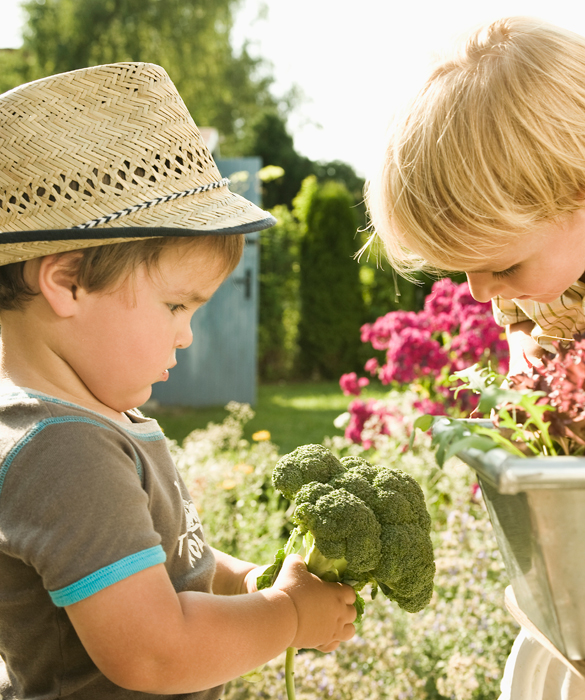
Gardens overflow with lessons on patience, beauty, food and stewardship. So how do you engage and educate your curious toddler in your own home garden? "Slow down and remember that, with preschoolers, it's the process, not the product," says Christine Grinnity, Youth Program Coordinator at the Gardens on Spring Creek in Fort Collins, Colo. Another expert, Elizabeth Sparks, who is a 4-H Youth Development Agent at Tucson Village Farm in Arizona, agrees. "At this age, it's important to follow the child," she says. "If your toddler discovers, say, a chrysalis or a butterfly, or wants to play in the dirt, allow them to finish that self discovery before you move on. Let them be toddlers and do what they do."
Plant Things They'll Eat
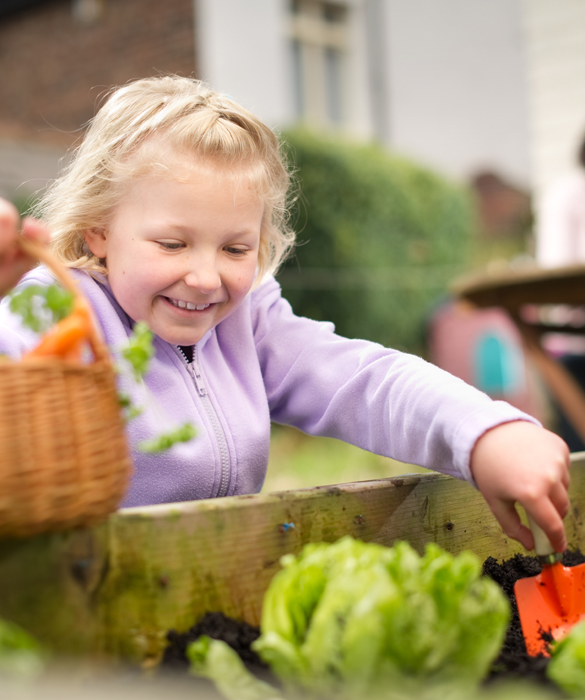
When it comes to planning your garden, consider fruits and vegetables your toddlers may (actually) eat at dinnertime. "Plant things that are kid-friendly and easier to grow," says Sparks. At the Tucson Village Farm, she finds that lettuce, tomatoes, melons, cucumbers, strawberries, pumpkins and squash all work well. Come harvest time, carrots are a particular standout: "Kids love to pull carrots out of the ground because it's like pulling a rabbit out of a hat," she says. Foods to avoid? Spicy peppers, naturally, and corn, mostly because of the space it demands. "Corn is wind pollinated, so you can't just have three corn stalks growing in your backyard. You have to have a whole field."
Try Real Tools
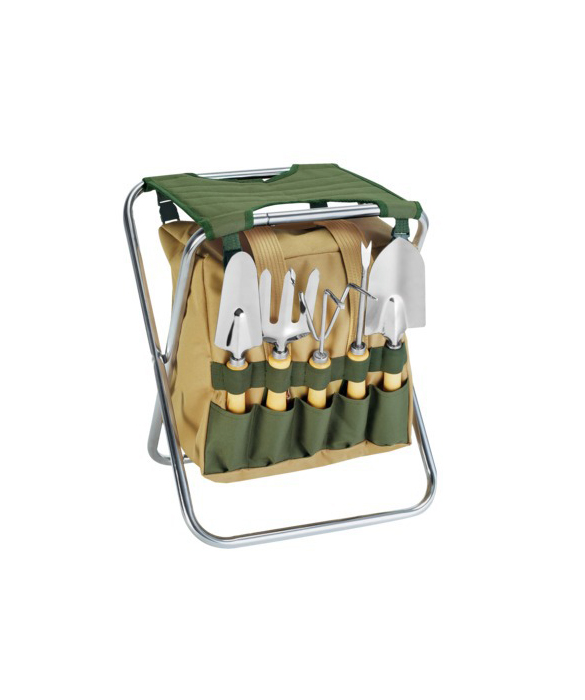
Since your kid is growing like, well, a weed, teach him to use real gardening tools instead of plastic toys he'll outgrow. "They're only going to be toddlers for a moment, so you might as well invest in solid, sturdy tools that can carry them through all their early gardening years," says Sparks. Sharp or potentially harmful items should be avoided, and age-appropriate gear can be found on sites like Gardening With Kids.
Let Them Help
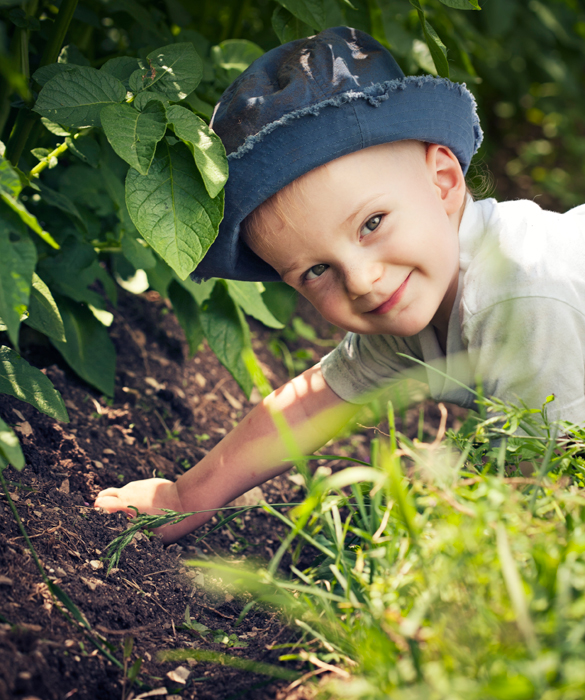
Find easy ways to let your child pitch in. Ginnity does this with her own toddler by planting peas, which have large seeds that fit nicely in small hands. "It took a long time to plant several rows, but we went through and methodically made holes with our fingers, and I handed him one pea at a time," she says. "We investigated almost each pea he put in." Ginnity believes in encouraging her son to do whatever he can. "He loves to play in the water, so I let him turn on the hose, drag it around and press the trigger on the nozzle." She says these activities help develop his hand/eye coordination and strength. "But most important, he feels a sense of responsibility for the plants."
Discover Seed Tape

Let kids help sow smaller seeds for plants like carrots or lettuce by buying seed tape. "It's a long piece of paper with seeds spaced out correctly for planting in a garden," Ginnity explains. You and your child can also make a DIY version using strips of paper towels, notebook paper or origami paper. Read the seed packet to find out how far apart to space each seed and mark it on the paper. Help your child place a dot of glue on each mark (regular Elmer's glue works perfectly, Ginnity says), then drop one seed into the glue and let it dry. "It's simple, fun and feels like an art project," says Ginnity.
Designate a Play Zone
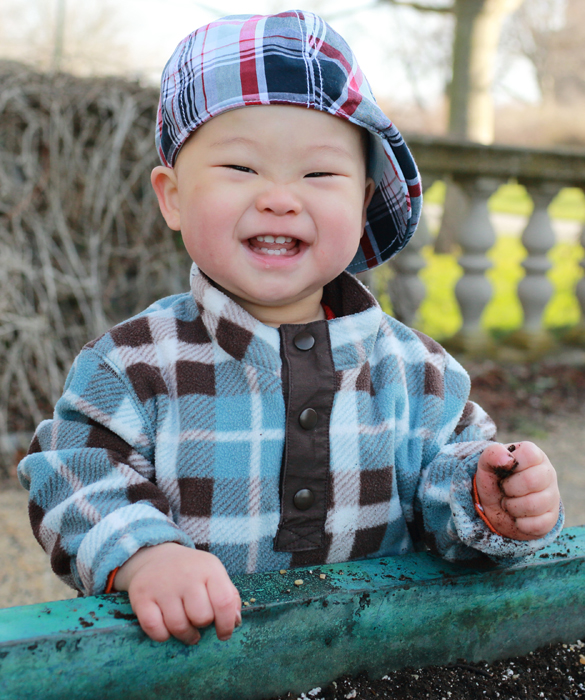
Little helping hands are far less helpful if they've just overenthusiastically pulled up that row of potatoes or bed of irises you've been carefully trying to grow. To alleviate the pain of a do-over—and to save time and sanity—Ginnity recommends leaving a space open in your home garden that's created specifically for some of the joys of being a toddlers: playing, digging and running in the dirt. "It can really salvage some of your plants," she says.
MORE: Decorating With Plants
Go for the 'Wow' Factor
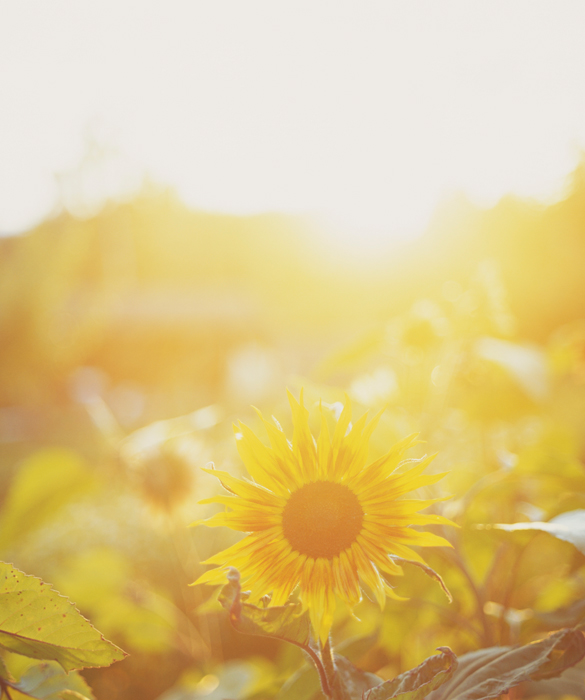
Mammoth Sunflowers are particularly good for getting little ones excited about gardening, Sparks says: "They grow quickly and are a lot taller than toddlers, which is very cool to them." Before planting the flowers, her farm sends kids on a hunt to find numbered Popsicle sticks hidden under and around plants. This helps them explore the garden with a purpose. "You have to be clear in what you want toddlers to do; you don't want them yanking things up," she says. When all the sticks are found (about 23 total), they're lined up on the ground to show how high a sunflower may grow: an impressive 8-and-a-half feet. "Everyone goes, 'Whoa, that's so big!'" says Sparks.
Picture It
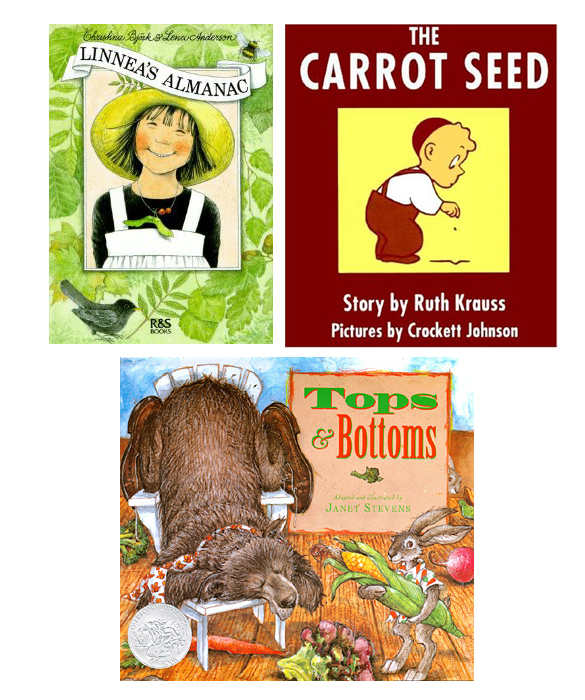
Use visuals to encourage a little curiosity about the foods you're growing. "Studies indicate that showing children pictures of fruits and vegetables will increase their interest in eating them," says Ginnity. The research says kids need to see the pictures between eight and 12 times before their interest is piqued, however, so stock up on things like stickers and picture books to help out. (Ginnity's favorite gardening books for kids include the Linnea series by Cristina Bjork; Sparks recommends Tops & Bottoms by Janet Stevens and The Carrot Seed by Ruth Krauss.)
Take a Rain Check
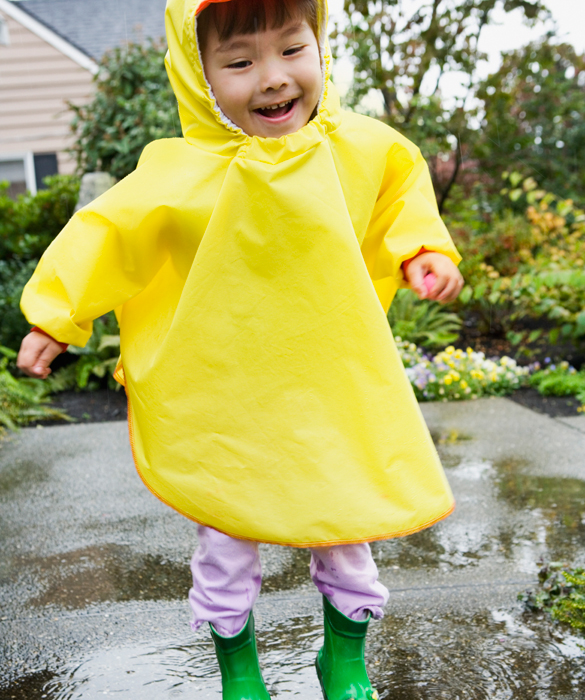
Even on a rainy day, your garden can help educate your toddler. "It teaches them to pay attention to what's outside the living room," explains Ginnity. The anticipation of the growing fruits, vegetables or flowers can be the perfect opportunity to talk about the clouds in the sky, the temperature, the changing seasons and how they all affect your garden. Use items like a rain gauge or an indoor/outdoor thermometer to aid the discussion (and to pack in bonus lessons in counting and measuring).
Learn From Them
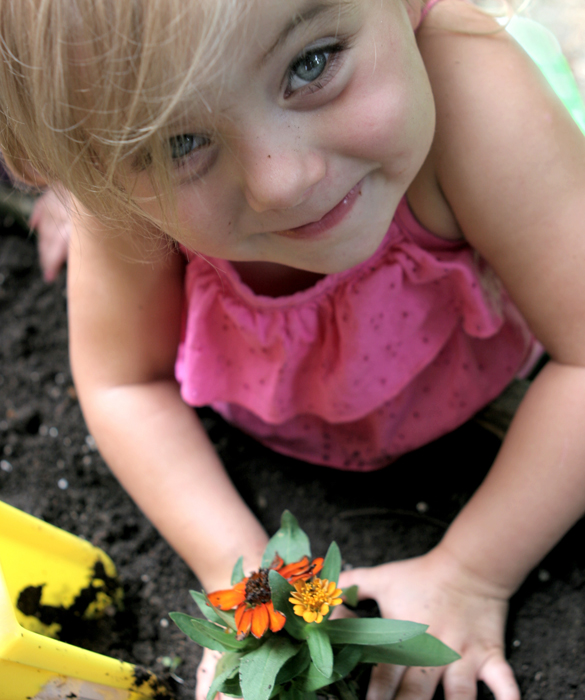
As with any time you teach your children something new, during your gardening experience you'll probably learn something from them, too. "Toddlers remind us to take a second to take it all in—to squat down, get close to the soil and look at the garden from their vantage point," says Ginnity. "They remind us of the joy of seeing something for the first time, the excitement of watching a bee pollinate a flower. Or of pulling a vegetable out of the ground, or the pleasure of tasting something new and loving it," says Sparks. "Toddlers help us rekindle all the magic that a garden truly can bring."




